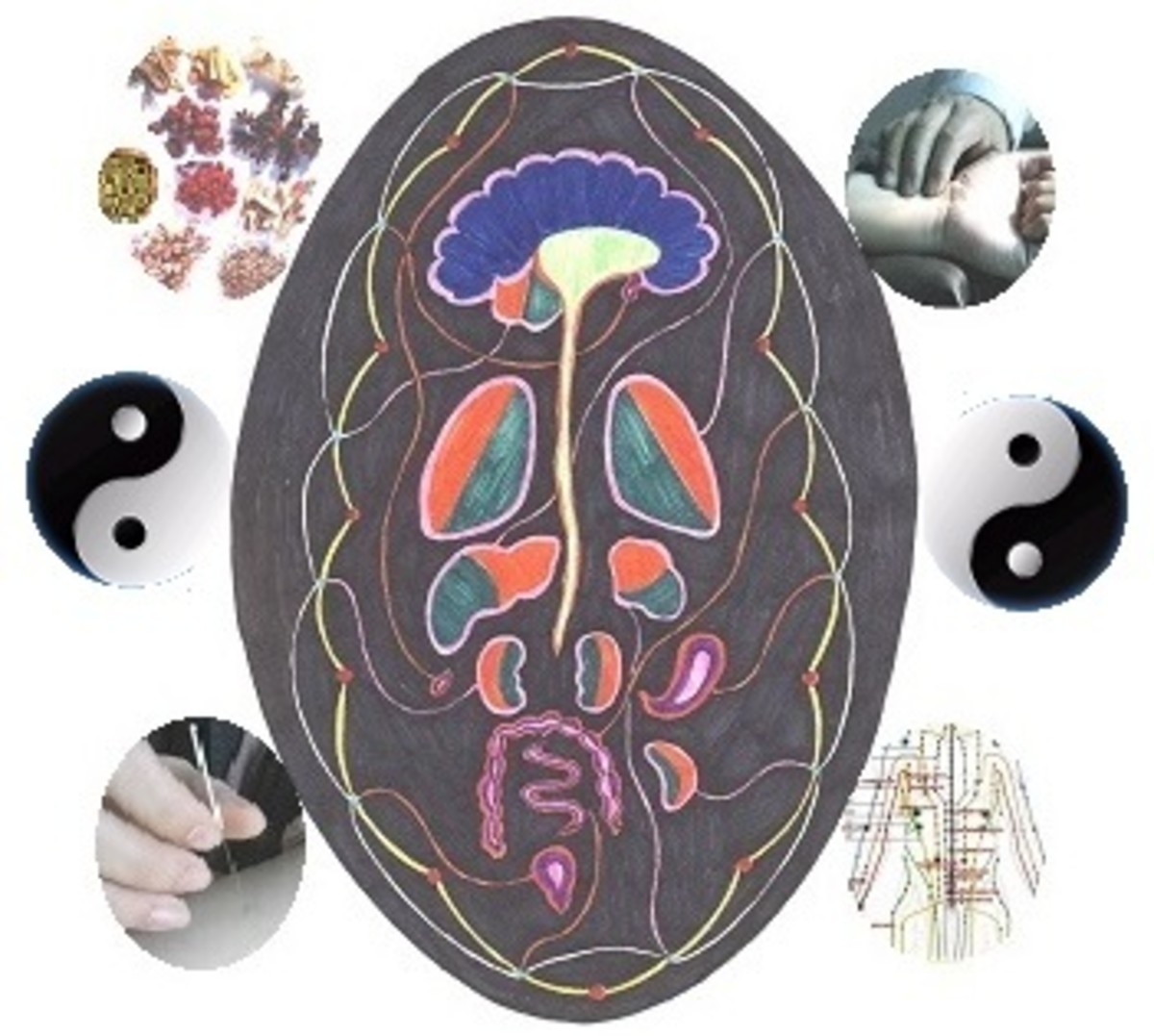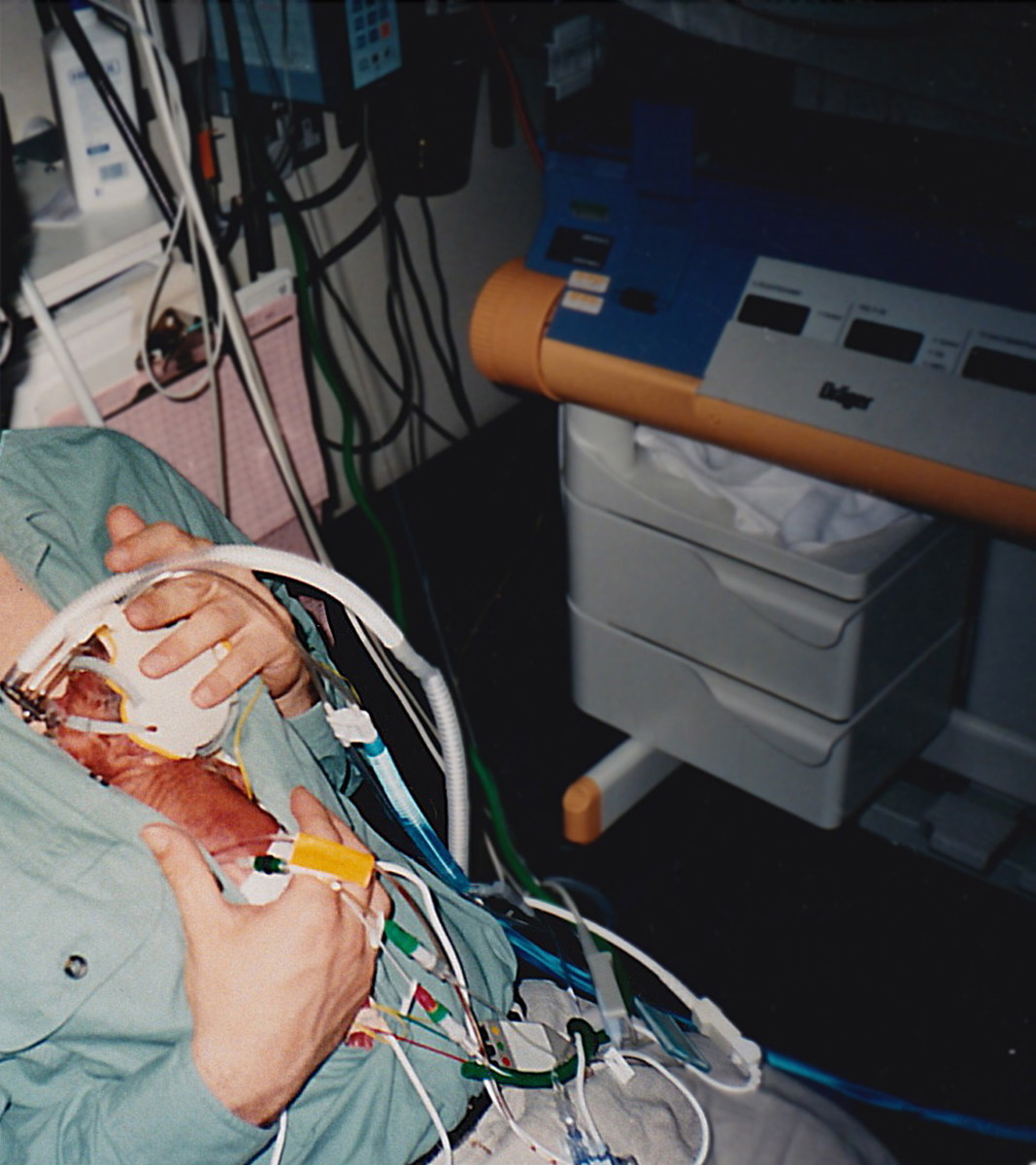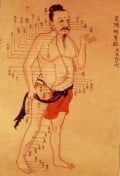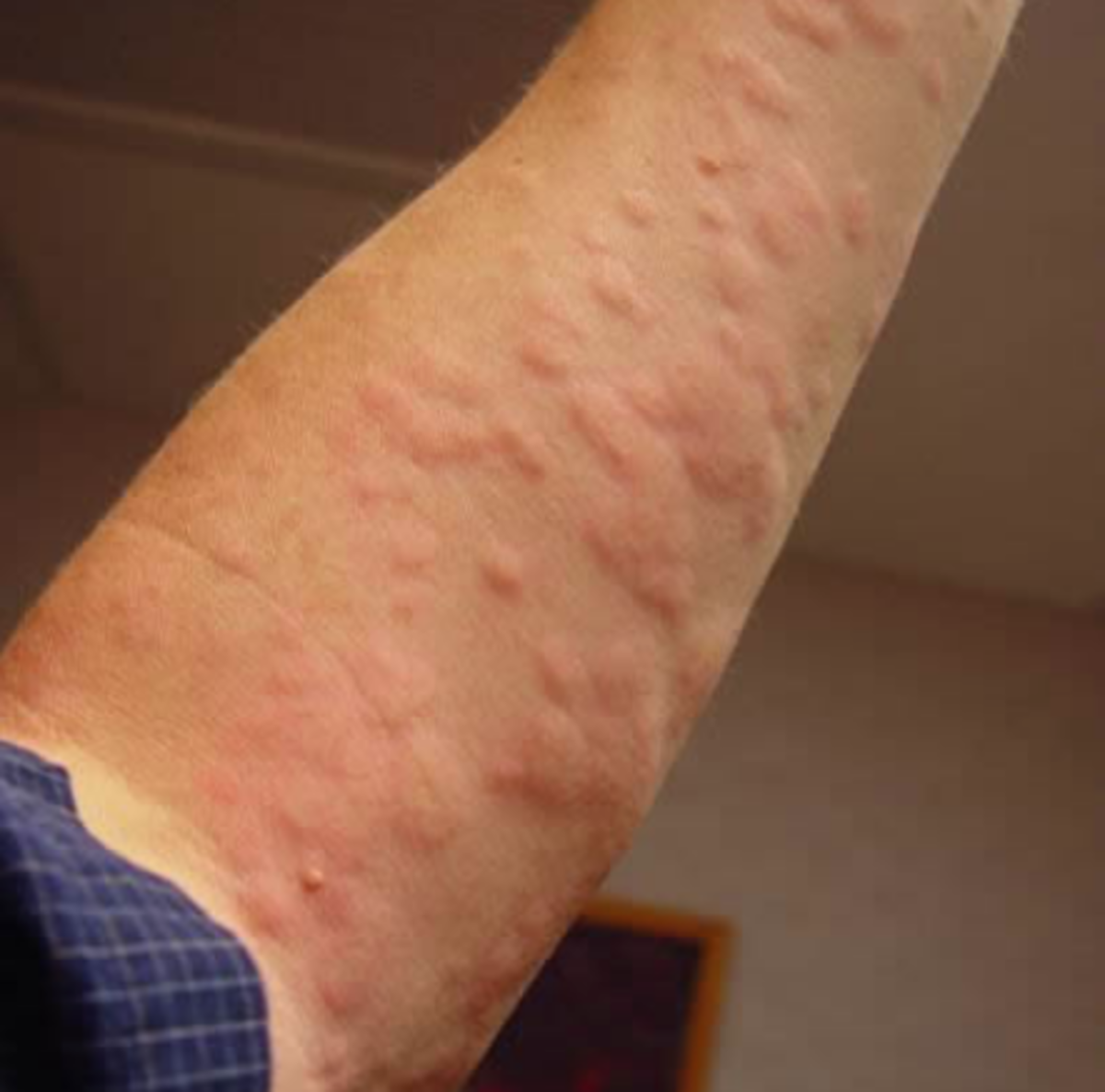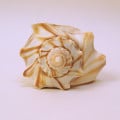Cupping Therapy Information
Exactly What Is Cupping Therapy?
Cupping therapy is an ancient traditional Chinese Medicine method. Cupping does not involve any medicine or surgery. It is thought to be one of the oldest natural healing therapies around. Cupping therapy is normally conducted by traditional Chinese medicine practitioners. It involves using cups that are heated and applied to the skin to cause local congestion to the treated area. The cups are made of various materials such as silicon, earthenware, bamboo or even glass. There are both wet and dry type of cupping therapy methods.
The cupping creates a vacuum which draws up the tissues that lie underneath. The heat or suction involved in the cupping brings the blood to the surface and localized healing of the area will bring relief to pain. This type of treatment is also called suction cup therapy or cupping massage therapy.
It is believed that your body has a natural energy that flows through it known as qi. The energy flows through pathways in the body. These pathways are known as Meridians and cupping opens up the pathways so the energy flows freely. Cupping of the five Meridians that run through the back will allow the body to have a flow of energy extending to every tissues and organ.
Cupping Therapy Uses
- Cupping therapy is used to relieve pain. It can be beneficial to sufferers of such conditions as carpal tunnel syndrome, fibromyalgia and back pain.
- Cupping also relieves afflictions such as asthma by clearing breathing pathways, arthritis and painful menstruation.
- The technique of cupping affects the tissue approximately four inches deep and will release any toxins in the body and clear blockages. Blood will flow clearly through vein and arteries and has been thought to improve a condition known as varicose veins.
- Cupping is also an excellent technique for deep tissue massage.
Cupping Therapy Resources
Types of Cupping Therapy
Chinese cupping therapy is applied in various degrees of suction including light cupping which is used for children and seniors. Medium cupping is the strength general used in cupping and also available is strong cupping in which the suction is very strong.
There are various types of cupping therapy including massage cupping which is done by applying oil to the skin along with light suction and needle cupping which is used along with acupuncture. The acupuncture needle is inserted and the cup is applied over the area.
Another type of cupping therapy is called flash cupping when several medium strength cuppings are applied to the area in a series of suctions. This will stimulate the treated area.
Herbal cupping involves the placement of herbs within the cup during the treatment.
The oldest and most often used cupping method is called bleeding cupping which is also known as full cupping or wet cupping. The skin is scraped with a surgical instrument and the cup is used to gather the blood.
Why Use Cupping Therapy?
Cupping is an alternative form of pain relief that can be beneficial and highly effective in pain treatment. If you are seeking a natural relief of pain symptoms that will make the whole body feel good, cupping therapy may be a great choice. Be sure to find a qualified practitioner to perform this ancient Chinese medicine therapy.
Cupping Therapy Video
Side Effects of Cupping Therapy
Cupping is found to be normally a safe procedure, as long as you go to a trained health professional. But there may be some side effects in the area where the cups touch your skin. These include:
- Mild discomfort
- Burns
- Skin infection
- Bruises
- If the cups and/or equipment become contaminated with blood and are not sterilized correctly between patients, bloodborne diseases such as hepatitis B and C can be spread amongst patients.
What Questions to Ask Your Doctor Before Starting Cupping Therapy
Talk with your doctor before you start cupping or any other methods of alternative or complementary medicine. Also be sure to talk thoroughly with your cupping therapist before you try it. Ask the following questions:
- What conditions do they suggest using cupping for?
- What is your background or training?
- How much experience do you have in using cupping therapy?
- Am I already utilizing the most standard treatments for my condition?
- Are there reasons I should not have cupping therapy?


